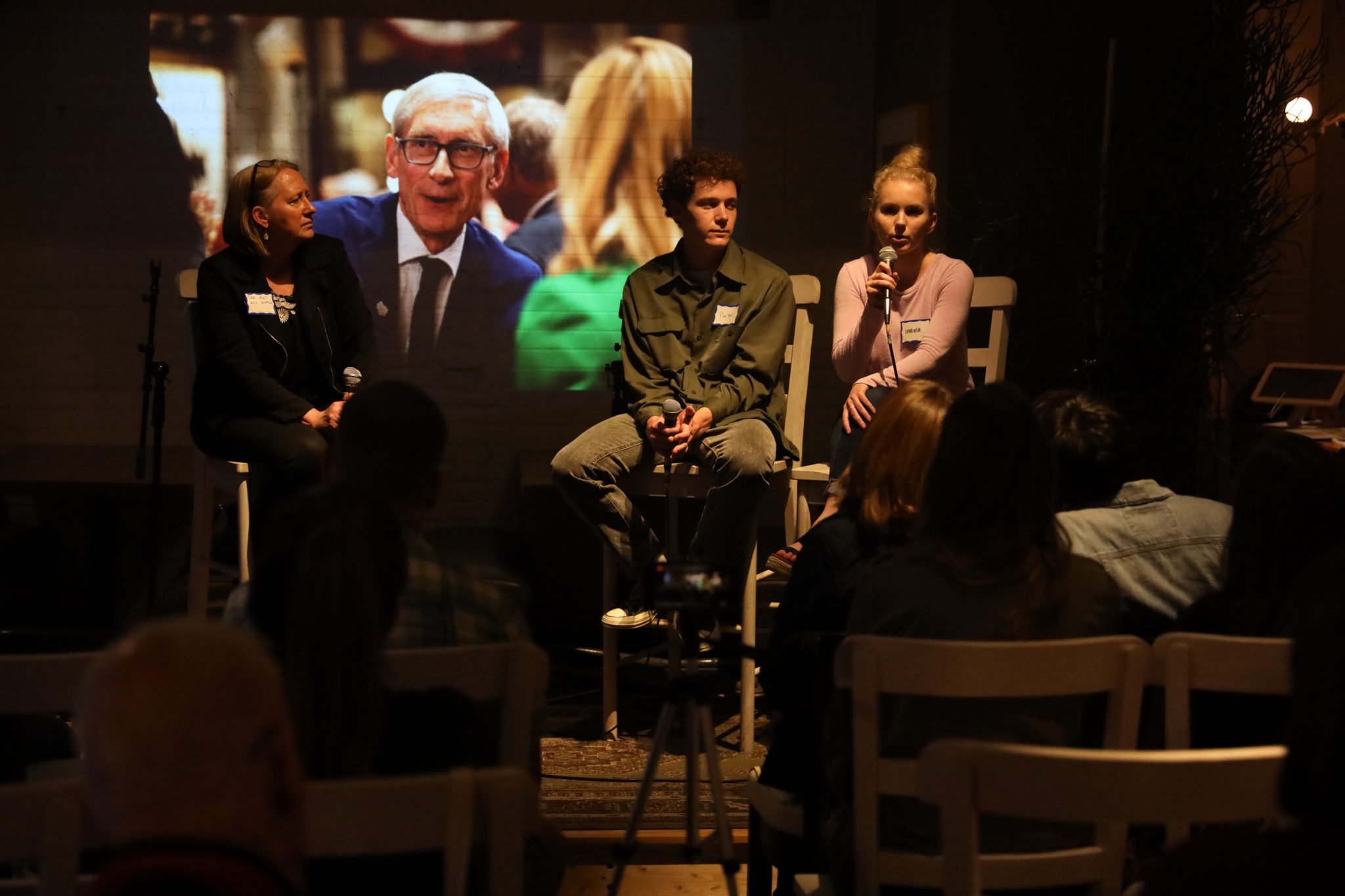Dee J. Hall
WisconsinWatch.org
THE CANNABIS QUESTION
In the spring, 12 University of Wisconsin-Madison students in my investigative reporting class set out to explore what marijuana legalization would mean to Wisconsin.
I came up with the idea in the fall of 2018, thinking legalization was a sleepy topic.
Boy, was I wrong.
In 2019, for the first time in a decade, Republican lawmakers in Wisconsin seriously debated whether to legalize marijuana for medical uses. Sen. Patrick Testin, R-Stevens Point, joined several Democrats in calling for legalization, revealing that his own grandfather had used marijuana to maintain his appetite while undergoing chemotherapy.
Legalization in Wisconsin still faces many hurdles, including opposition from top GOP leaders. But our series, The Cannabis Question, provided crucial fodder for this public debate. News outlets across the country picked up these stories 433 times, reaching an estimated audience of 5.3 million people.
What did we learn about cannabis?
The Cannabis Question is a series exploring questions about proposals to legalize marijuana in Wisconsin. Read all 15 stories here.
Reporter Suzie Kazar recounted previous unsuccessful efforts in Wisconsin in 2002 and 2009 to legalize marijuana for medical use — spearheaded by citizens like Gary Storck of Madison, who uses cannabis to treat symptoms of glaucoma. Reporter Hibah Ansari discovered a big shift in public opinion since then, with 59 percent of Wisconsin residents now favouring broad legalization. She found more than 1 million residents across the state had backed legalization by wide margins in county referenda.

Reporter Carter Thomson found that two-thirds of states, including neighbouring Illinois and Minnesota, already had legalized it for some or all uses. But reporter Rachelle Wilson discovered that Michigan’s move toward full legalization was far from smooth.
Shayli Kipnis researched medical marijuana, finding that science now endorses some uses, such as treating chronic nerve pain, nausea associated with chemotherapy and reducing muscle spasms for people with multiple sclerosis. She found the FDA has now approved a short list of cannabis-based drugs, but marijuana’s status as a Schedule I drug continues to hamper more research into its medical uses.

Reporter Ellie Colbert traced the road to legalization for cannabis’ cousin, hemp, which some believe will pave the way for legal marijuana. Reporter Olivia Herken went back to her hometown of Viroqua to discover that many people there already use cannabis legally — and illegally.
A team of three reporters — Ting-Chia Kan, Natalie Yahr and Izabela Zaluska — looked at the legal consequences of marijuana use. Kan found that immigrants like Sothy Kum who use marijuana face deportation, even in states where it is legal.
Zaluska analyzed state Department of Justice data, finding that African-American residents of Wisconsin were four times as likely as whites to be arrested for simple possession.
Yahr found that tens of thousands of Wisconsinites face barriers getting jobs, housing or student aid because of these low-level marijuana convictions. And she discovered that scrubbing minor crimes from a person’s criminal record can be exceedingly hard.
Reporter Parker Schorr explored the multi-billion-dollar cannabis industry and the hope that legalization could benefit people, including African-Americans, whom marijuana laws disproportionately impact.
Finally, we looked at the potential dangers of marijuana — the part of the series that generated the most heated public reaction. Reporter Benita Mathew’s story featured Lena Stojiljkovic, who said heavy marijuana use had triggered terrifying psychotic episodes. Mathew cited a National Academies of Sciences, Engineering and Medicine report that found “cannabis use is likely to increase the risk of developing schizophrenia, other psychoses, and social anxiety disorders, and to a lesser extent depression.”

Two scenes from that semester stand out for me, ones that illustrate just how mainstream marijuana has become.
Democratic state Rep. Melissa Sargent spoke to my students candidly about her efforts to legalize marijuana. Sitting next to her were her children, out of school for a snow day. For them, the discussion was like another night at the Sargent family dinner table.
Dane County Sheriff Dave Mahoney revealed to the students that he favours legalizing medical marijuana because some members of his own extended family use it, illegally, as treatment. Dane County’s top law enforcement official said while he is not ready to endorse full legalization, “If somebody’s smoking a doobie on the street, I could care less about it.”
This article first appeared on WisconsinWatch.org and is republished here under a Creative Commons license.
Wisconsin Watch is a nonprofit, nonpartisan investigative reporting organization that focuses on government integrity and quality of life issues in Wisconsin.

